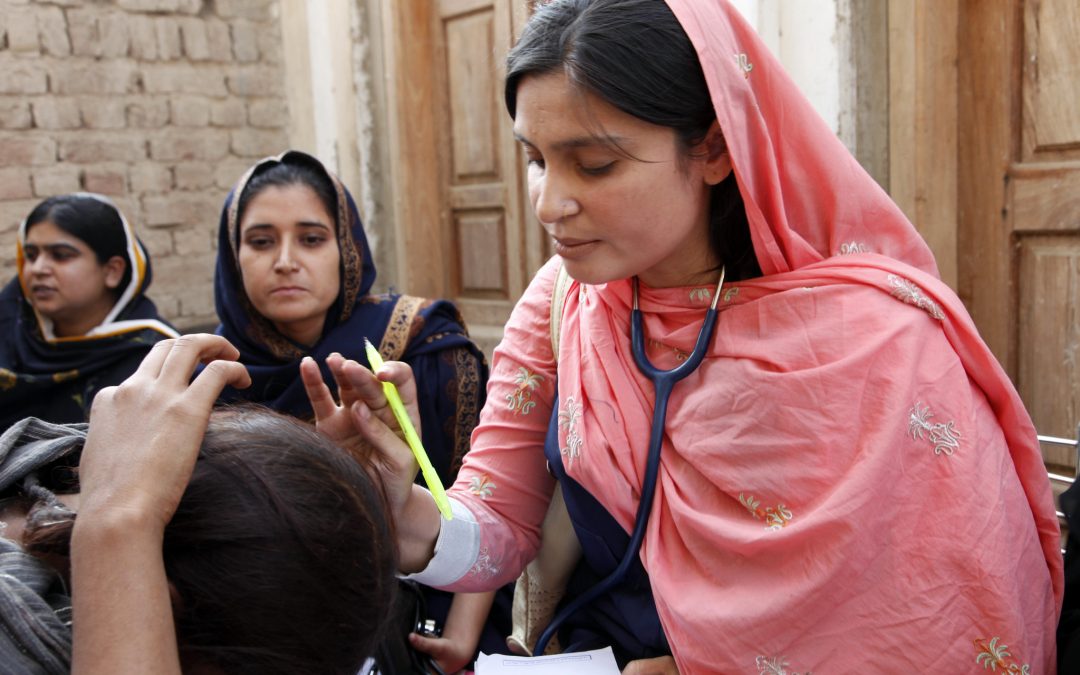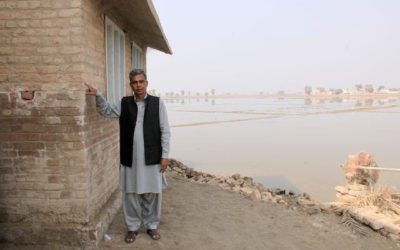Climate refugee statistics: how many, where and when?
Climate refugee statistics: how many, where and when?
Alex Randall
Alex is programme manager at the Climate and Migration Coalition
Climate refugee statistics
With any issue there is a desire to quantify it, to understand the scale of the problem. This is just as true of the issue of climate-linked migration.
People often ask us for reliable statistics on climate refugees and migrants, and where to find them. If you’ve landed on this page, you are probably looking for them too. The frustrating answer is that you are unlikely to find the statistics you are looking for. But if you stick with this post to the end, you will understand why these statistics are so hard to find, and what you can do instead.
The most common questions people ask are:
- How many climate refugees are there now?
- How many will there be in the future?
- And where are they?

Online Q&A: Covid-19, climate change and migration: 14th May at 3pm BST
Online Q&A session14th May at 3pm BST14th May at 3pm BSTHow does a city in lockdown deal with a sudden climate-driven disaster like a typhoon? The measures needed to cope with a sudden episode of displacement - such as mass emergency shelters - are exactly the...
Climate refugee statistics: the definition problem
This is a very difficult question to answer, mainly because it’s difficult to define exactly what a climate refugee is. To have reliable statistics on anything, you need to be able to define what it is you are counting. Unfortunately defining who counts as a climate refugee is almost impossible. (But stick with us to the end and we promise there will be some useful alternatives).
This is because when people move as a result of climate change impacts there are usually other forces that cause them to move too. Climate change impacts cannot usually be singled out as the sole reason why someone moves. Even in cases where climate change is very clearly part of the picture it is still difficult.
Consider this comparison:
Many of the low lying areas of the Mekong Delta in Vietnam are only a few meters above sea level. With a few meters of sea level rise (caused by climate change) some areas will become uninhabitable and the people will have to move. Will these people count as climate refugees?
Now consider the low lying areas of The Netherlands. They are just as low as many areas of the Mekong, but they are much better protected by defences and dams. So when people move away from the Mekong Delta, are they moving because of climate change, or are they moving because a lack of infrastructure protecting the land?
Of course the answer is “both”.
But what this shows is that climate change is always one force along with several others that mean that people have to move. Because of this it becomes very difficult to come up with a good way of defining who counts as a climate refugee. And without that definition it is impossible to come up with reliable statistics.
Online Q&A: Covid-19, climate change and migration: 14th May at 3pm BST
Online Q&A session14th May at 3pm BST14th May at 3pm BSTHow does a city in lockdown deal with a sudden climate-driven disaster like a typhoon? The measures needed to cope with a sudden episode of displacement - such as mass emergency shelters - are exactly the...
Key resource
Climate, migration, neoliberalism
The lecture sketches out a history of neoliberalism, and then looks at how the culmination of this political thinking is reflected in the policies that are being created to address climate change and migration.
Can there be reliable climate refugee statistics?
Here is the dilemma: just because we can’t define or count climate refugees, doesn’t mean that climate change has no influence on migration and displacement. It absolutely does.
Just because we can’t count “climate refugees” doesn’t mean that in the future there might be more people who have climate change amongst the causes of their migration or displacement.
One useful way to think about it is with analogy to health:
It is certainly true that eating a lot high fat food can lead to a heart attack later in life. But eating lots of bacon probably isn’t enough to give you a heart attack. It needs to be combined with other lifestyle factors – lack of exercise for example – before it starts to increase the risk.
So while an increase in bacon intake amongst a population might increase the rate of heart attacks, it would be wrong to label all of those people as “bacon victims”.
Sometimes these analogies can seem daft, but we’ve found them very useful in explaining complex relationships.
Key resource
Online Q&A: Covid-19, climate change and migration: 14th May at 3pm BST
Online Q&A session14th May at 3pm BST14th May at 3pm BSTHow does a city in lockdown deal with a sudden climate-driven disaster like a typhoon? The measures needed to cope with a sudden episode of displacement - such as mass emergency shelters - are exactly the...
Related video
Climate, migration, neoliberalism
The lecture sketches out a history of neoliberalism, and then looks at how the culmination of this political thinking is reflected in the policies that are being created to address climate change and migration.
So are there climate refugee statistics I can use?
Yes and no.
We tend not to use the common “headline” statistics like “250 million climate refugees by 2050” for all the reasons explained here. But there are reliable statistics on the number of people who are displaced by disasters.
The Internal Displacement Monitoring Centre produces annual estimates of the number of people displaced by disasters. These estimates are broken down by disaster-type and country.
For example we know that last year 24 million people were displayed by weather related disasters like floods and hurricanes. These people aren’t “climate refugees” but these statistics do help paint a picture of the scale of current displacement – and help us think about what the future might be like if climate change makes disasters worse.
Related video
Climate, migration, neoliberalism
The lecture sketches out a history of neoliberalism, and then looks at how the culmination of this political thinking is reflected in the policies that are being created to address climate change and migration.
Climate, migration, neoliberalism
The lecture sketches out a history of neoliberalism, and then looks at how the culmination of this political thinking is reflected in the policies that are being created to address climate change and migration.
Climate change and migration: predictions, politics and policy
Get to grips with one of the defining issues of the 21st Century – how will climate change re-shape migration across the world. Join a free, 100% online course to investigate this essential topic
Event: Migration and displacement at the climate talks
How are migration and displacement being dealt with at the international climate change talks? Find out more with our online event
Event: Climate change and Migration 101. 4 December
Get to grips with the links between climate and the movement of people
Event: hot wars- Climate change, armed conflict and security. 15 November
What do we know about the links between climate change and conflict? Will life on a hotter planet be on with more armed violence?
Briefing: climate change and migration. 24 October, London
An evening briefing exploring the links between climate change and migration. Find out more and book places. 24 October, London
Workshop on climate change and migration. 16 October, London
Workshop on climate change and migration. A half-day session exploring the links between climate change and migration. 16 October, London






